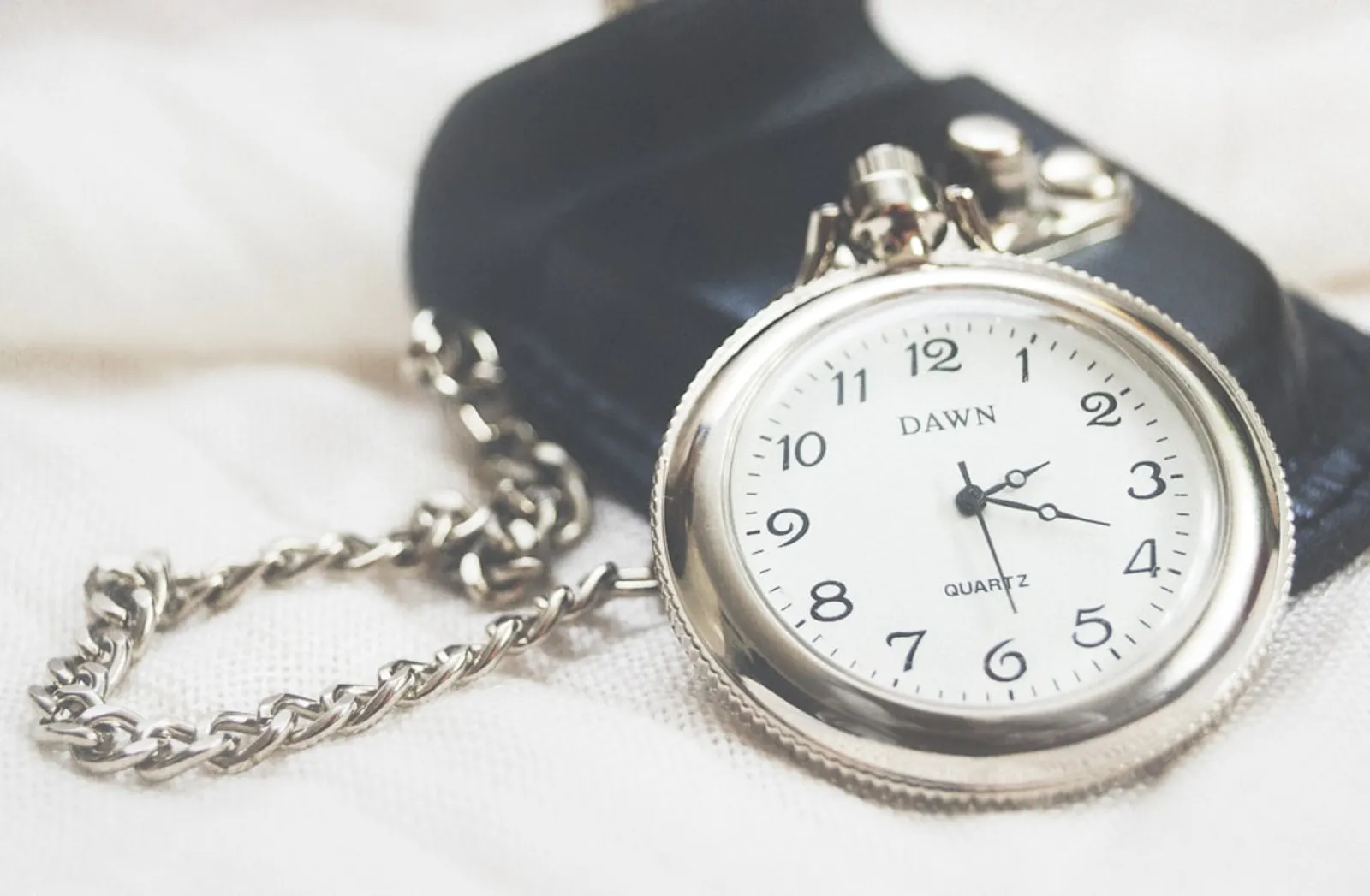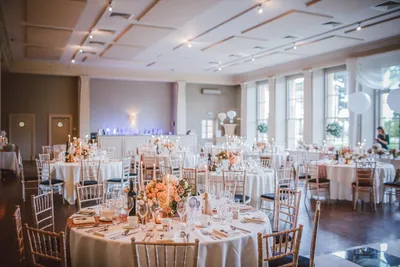How to Create the Perfect Wedding Timeline

Why a Wedding Timeline is Crucial
Your wedding day is one of the most important days of your life. To ensure everything runs smoothly, a detailed timeline is essential. It helps coordinate events, manage vendors, and keep everyone on the same page.
Start with the Ceremony
Set the Ceremony Time
The ceremony time often dictates the flow of the entire day. Consider factors like travel time for guests and natural lighting for photos when scheduling.
Plan a Rehearsal
Schedule a rehearsal to ensure everyone knows their roles. This typically happens a day or two before the wedding and helps smooth out any last-minute hiccups.
Mapping Out Pre-Ceremony Activities
Hair and Makeup
Allocate enough time for hair and makeup. Consult with your stylists to get an accurate estimate and add some buffer time to avoid running late.
Getting Dressed
Give sufficient time for getting dressed, taking photographs, and having some moments to yourself before the ceremony begins.
Post-Ceremony: Reception and Beyond
Cocktail Hour
The cocktail hour bridges the ceremony and reception. Plan this time to allow for photos, guest mingling, and vendor setup changes.
Reception Schedule
A well-organized reception itinerary includes the grand entrance, first dance, meal times, toasts, cake cutting, and other special moments. Coordinate with your DJ or band to make seamless transitions between events.
Wrap-Up and Exit Strategies
As the night winds down, have a plan for wrapping up. Coordinate shuttles for guests if needed and decide on a memorable exit to cap off your celebration.
Final Tips for a Flawless Timeline
- Work closely with vendors to align schedules.
- Allocate buffer time between activities to accommodate any delays.
- Distribute the timeline to key players like the wedding party and vendors.
With a well-thought-out timeline, you can reduce stress and ensure a smooth, enjoyable day for you and your guests.



